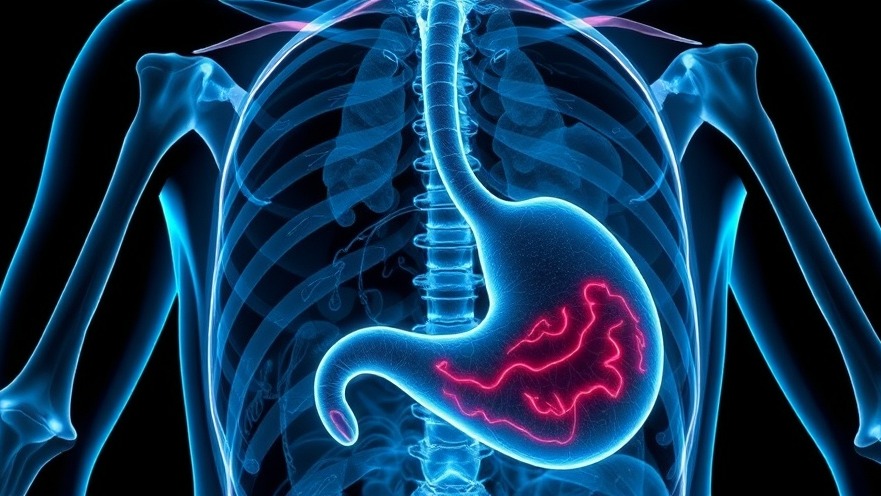
Revolutionizing Cancer Treatment: The Promise of 3D Bioprinting
In what could represent a significant leap forward for personalized medicine, researchers at POSTECH have developed a pioneering model using 3D bioprinting technology to create a gastric cancer treatment approach that tailors therapies to individual patients. This model, which incorporates patient-derived cancer tissue fragments, promises not only to enhance drug response prediction but also to minimize adverse side effects stemming from generalized treatment methods.
The Challenge of Tumor Heterogeneity
One of the main challenges in oncology is tumor heterogeneity, where responses to the same treatment can vary significantly across patients. Traditional methods, such as gene panel tests and patient-derived xenograft (PDX) models, have limitations regarding applicability and efficiency. The innovative approach by the POSTECH team offers an advanced solution by mimicking the complexities of human tumors in a controlled environment, thus providing more accurate predictions on therapy effectiveness.
A Glimpse into the Technology: How It Works
The team utilized advanced 3D bioprinting to develop an in vitro gastric cancer model. This model uses a tissue-specific bioink that incorporates fragments from actual patient tissues, encapsulated in a decellularized extracellular matrix (dECM) hydrogel derived from stomach tissues. By recreating the intricate interactions between cancer cells, fibroblasts, and the extracellular matrix, this method closely simulates the in vivo tumor microenvironment, enabling more informed drug response predictions.
Speed and Efficiency in Drug Evaluation
One of the standout features of this bioprinting platform is its rapid fabrication capability. It only takes two weeks from tumor tissue extraction to delivering results, greatly enhancing the speed at which oncologists can evaluate treatment options. By providing timely data on how a patient's cancer will likely respond to specific drugs, healthcare providers can make better-informed decisions about treatment plans.
Broader Implications for Personalized Medicine
This research not only sheds light on gastric cancer treatment but also sets a precedent for personalized medicine across various cancer types. The ability to test individual responses directly in a simulated tumor environment could herald a shift from traditional one-size-fits-all methods towards tailored regimens based on patients' specific tumor profiles.
Beyond Gastric Cancer: Potential for Broader Applications
While the immediate implications focus on gastric cancer, the technology has potential applications in other forms of cancer treatment as well. The principles of bioprinting and model simulation could eventually be utilized for a range of cancers, paving the way for groundbreaking advancements in oncology.
Future Directions in Cancer Research
As the bioprinting technology continues to advance, we may see even more refined models that further enhance drug discovery processes. Ongoing research and development will likely focus on scaling the technology and validating its effectiveness across a broader spectrum of patients and cancer types.
Conclusion: Why This Matters to Healthcare Practitioners
For concierge health practitioners, keeping abreast of such advancements is essential. The ongoing evolution of cancer treatments—especially ones that personalize the approach based on an individual’s unique tumor characteristics—can significantly enhance patient care and outcomes. As technology continues to refine prognostic evaluations and treatment protocols, practitioners can use this knowledge to better serve their patients and navigate the changing landscape of cancer treatment effectively.
 Add Row
Add Row  Add
Add 




Write A Comment